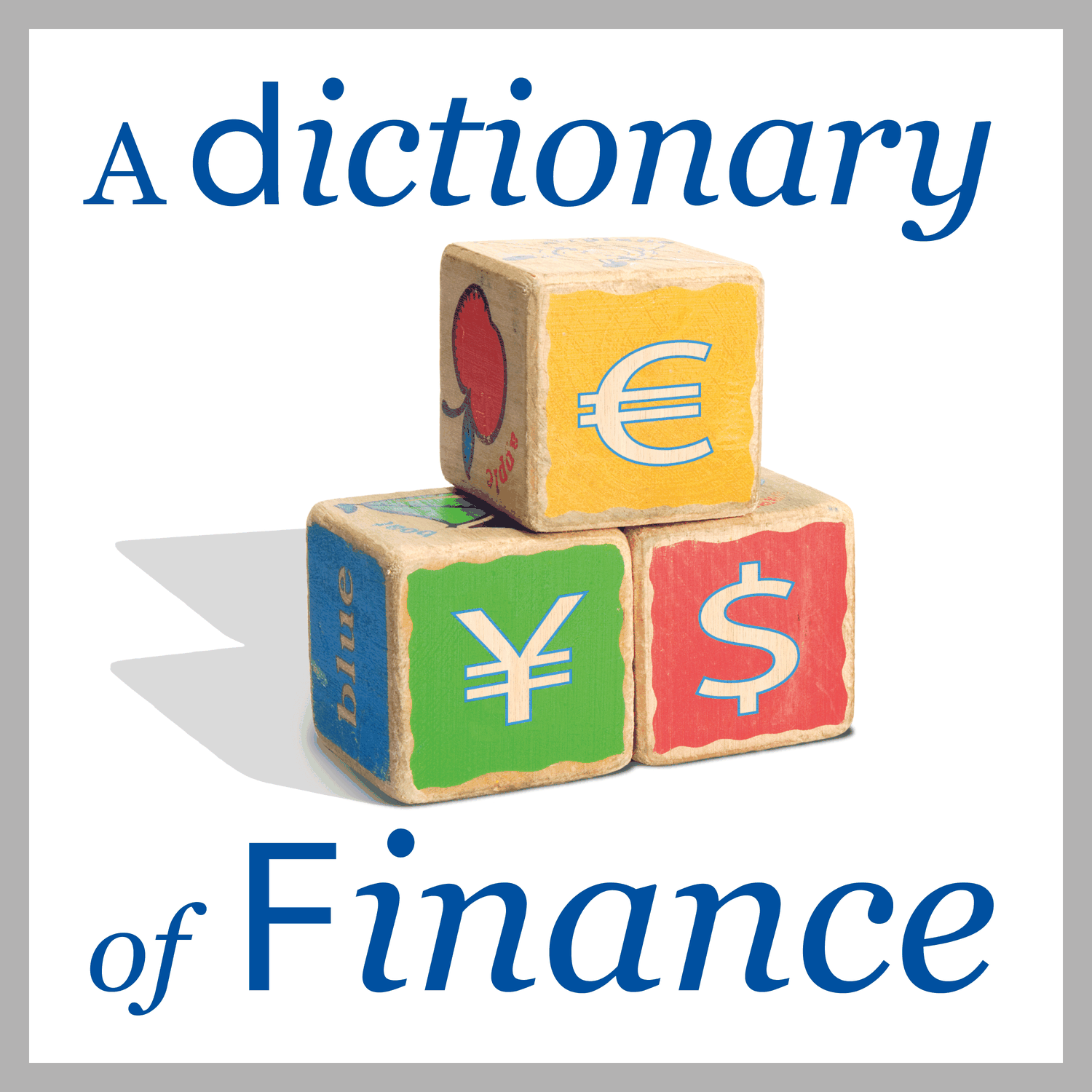How fast can this bank go?
Description
Imagine you are shopping for a new car—and not just based on the colour. You might consider the number of people it fits (especially if you have kids, despite initially warming to the idea of a convertible coupé), the mileage, the CO2 emissions (if you still want to be admitted to within Paris city limits in a couple of years), how fast it can go, the crash test results, and many other metrics.
Turns out there is something similar for banks.
When we invited some experts from the European Investment Bank to appear on ‘A Dictionary of Finance’ podcast to talk about best banking practice and banking regulation, we found out banks have to publish their:
· capital adequacy ratio
· leverage ratio
· liquidity ratio
· large exposures to single counterparties
· and various other metrics.
These ratios have threshold levels that the bank has to meet so that it’s allowed to operate.
But these ratios can also be used by consumers and investors when deciding whether they want to engage with a certain bank.
Luis Garrido, EIB managerial advisor, Marine Viegas, credit risk management officer of the EIB’s regulation and best banking practice division, and Tero Pietila, head of the EIB’s regulatory matters division join us for this very informative episode.
More Episodes
What do you do when an economy is struggling? If you’re a policymaker, a politician, or a central banker, you develop a stimulus package. That’s the term we examine in today’s episode. It’s the inside story of one of the biggest stimulus packages in history, to find out how it was set up, how it...
Published 11/16/20
Published 11/16/20
When we speak of the virtual world and storing things in ‘the cloud’, we seldom stop to realize that our digital climate impact is not virtual at all
Many people see digitalisation as this magical pixie dust that Tinker Bell sprinkles on old industries to make them all environmentally...
Published 01/07/20


